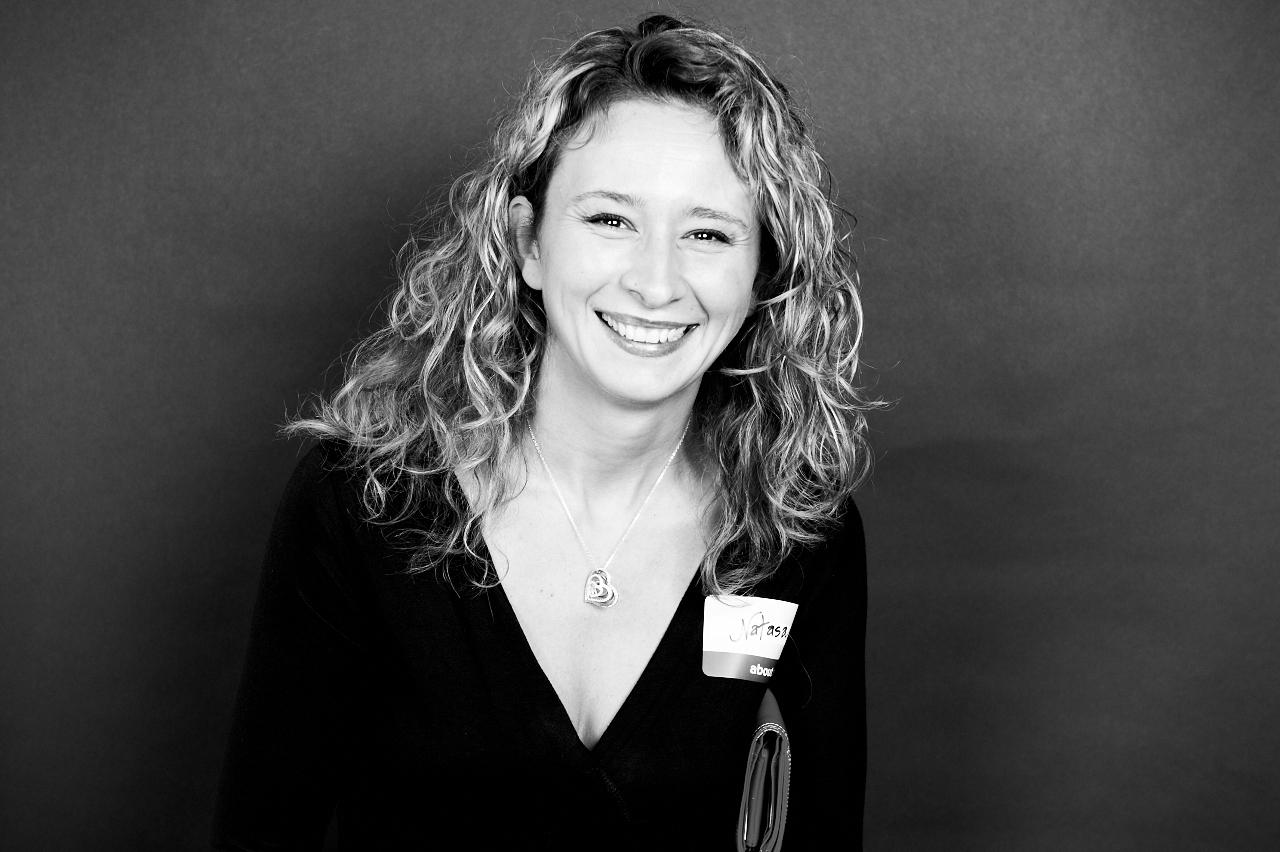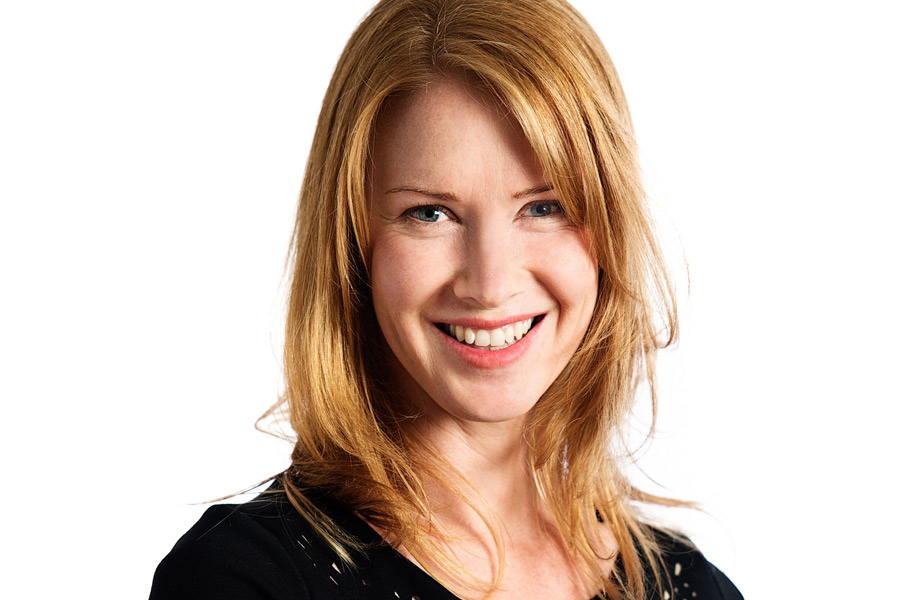A woman who is one of the leaders of the digital revolution in Montenegro, Natasa Djukanovic is an important figure in the global digital community. While being a mom of three, she is also a mentor and inspiration to her colleagues, as well as an active educator of young people and business professionals on startup strategies, digital business and technology.

Natasa Djukanovic is CMO at .ME Registry, co-founder of an educational web portal digitalizuj.me and Founder of Spark.me international conference, and below she shares with us key personal branding lessons for female entrepreneurs.
As a CMO you have helped catapult the .me domain among the world’s top 20 domains. What’s your superpower?
I’m Wonder Woman! Just kidding. When Montenegro got assigned the .me domain in 2006, the Government realized that we got lucky and that this is something that can be very successfully exploited. We, as Domain.me opened up as business in 2008, when we signed the agreement of managing the national domain name .ME with the Government of Montenegro.
That is how it all began, our small but dedicated team started to build a brand from scratch. This required extensive analysis of our target market, planning the effective strategies for reaching them and, finally, creating a meaning for our brand. And now 7 years later we are one of the leading domain name brands in the world, and a starting point for many great ideas and projects. So maybe my superpower is the ability to recognize the right product and the right people to help me build a successful brand.
Tell us about your other amazing endeavor, the Digitalizuj.me project, another successful brand that has become an entire movement?
When we started Domain.me we understood that we need to unite and grow an internet community, which could in return support and grow our brand. So we joined forces with other influential people from Montenegro and we created the Digitalizuj.me NGO, with the intention of growing and supporting the local tech ecosystem through series of lectures and workshops.
Our main idea was to educate young people about startups and management with the focus on the digital world. This later on translated into another great project developed by Domain.me, the Spark.me conference, which has become one of the biggest technology and business conferences in the Balkans.
Attracting the leading names in the industry, Spark.me has inspired sharing and exchange of ideas, as well as helping to build a stronger digital community in this part of Europe.
As someone who helped creating three major brands and became a brand name herself, what advice would you give to your colleagues who are just starting out?
Well, first of all get rid of the old obsolete rules about branding. Just because you have a unique product it does not mean that public will want it. Emotions are key.
As someone who works in marketing, you need to be able to untangle the intricate web of human emotions that guide the buyers and to create a product that they desire, even if they themselves don’t know it yet. The next step is building the brand. Naturally, most of us do not have the access to big corporate funds for brand development, so how can we do it on a budget. We tell a story. A well told, truthful personal story surrounding your brand can be your ultimate weapon. Finally, create your own community of people who will become your brand evangelists and who you can advise in return. Domain.ME has a whole network of bloggers who are acting as brand ambassadors and spreading our story. It’s more personal than any advertisement could ever be.
In one of your previous interviews you mentioned a conference where 80% of participants were men. As someone who comes from a traditional society, what challenges have you faced as a woman on your way to the top?
IT industry has been male dominated for years, but we live in a new world, where I can say things are changing. There is still room for more women in our industry, but I have to say that the obstacles I have faced during my career have not been different in any way just because I am a woman. Any expert in my position would face the same challenges, and the key to overcoming them is patience and persistence, as with everything else in life. This is something that I had to learn the hard way, being a very temperamental person and having trouble when it comes to timely reactions.
I’ve personally had more issues with my traditional upbringing, and the ability to overcome some uncomfortable business situations. For example discussing kiss.me domain with five serious, older, male executives without blushing. These days I am used to dealing with all situations and people, considering that I spend at least one third of my time organizing and attending conferences, networking and promoting my brands.
Being a successful woman on the go, what are some things that you just can’t leave the house without?
Oh actually there are only a few, so I can always carry a small bag. For starters I can’t live without my technology. My IPhone and IPad are a must. If you are wondering why Apple, it’s simple, speed. Most of the time I need to do several things at the same time, from having a web conferences while making lunch to talking to my kids on my way to the airport, and these devices enable me to complete these multiple tasks without having to take a break. And considering that I don’t stop, you will rarely see me without my phone. Another thing that never leaves my bag is a pack of band-aids, ever since my kids were little, I’ve always carried one, and I do still, believe it or not my colleagues are quite grateful for this little detail.
Finally, what keeps you motivated to explore new professional frontiers?
I must admit that I’m happy to be in the digital branding industry, because it’s so dynamic and so full of opportunities for creative individuals. Potential success in realizing a unique idea is definitely something that has kept me motivated throughout the years; achieving something grander such as inspiring or educating other people along the way is a bonus factor.
Thanks to Natasa Djukanovic for the interview!
Sarah Green is a tech journalist and blogger covering the latest trends in the world of technology and business. Interested in startups, business innovation and entrepreneurial ideas, Sarah looks for the writing inspiration in the great work of tech industry professionals.



